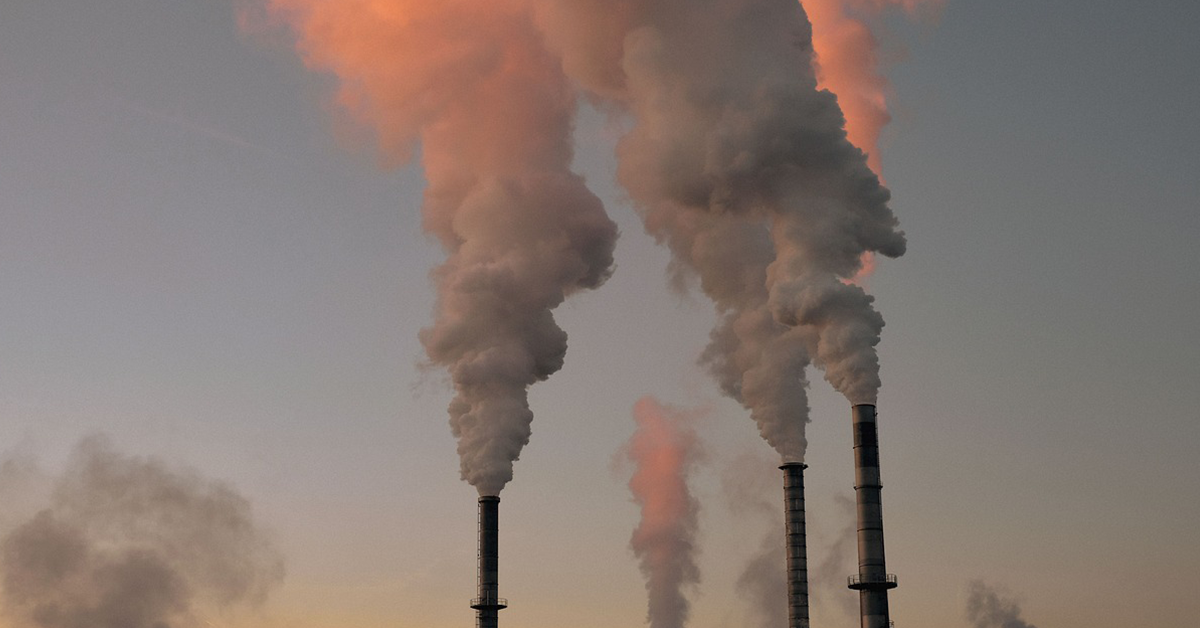The European Commission is set to launch the Copernicus Sentinel-4 satellite in the summer of 2025, expanding the Copernicus constellation to support the region’s efforts to combat air pollution.
Once deployed, Sentinel-4 will partner with a payload in EUMETSAT’s MTG-Sounder satellite to provide continuous air quality monitoring and meteorological observations. The latest spacecraft to join the constellation is expected to support pollution forecasting, supply decision-makers with data to carry out policy initiatives and contribute to mitigating pollution-related health issues.
The upcoming launch comes after increasing concerns over the air quality in Europe. A February 2024 data from the Copernicus Atmosphere Monitoring Service disclosed that PM10 levels in Milan, Italy, reached unhealthy levels. North Macedonia is also experiencing a situation similar to that of the Italian city, prompting its residents to demand immediate action from the government to tackle contributing sources, which include coal mines and industrial plants.
In January, Thales Alenia Space joined OHB System’s development team for a carbon dioxide monitoring satellite for the Copernicus Carbon Dioxide Monitoring mission, or CO2M for short, one of Europe’s Copernicus Sentinel Expansion missions. The spacecraft will measure human-caused carbon dioxide and methane emissions and help produce data that would shape policymaking.
The Copernicus program, established in 2014, aims to provide member states with satellite Earth observation and in situ (non-space) data that would improve the quality of life of people across the region.


